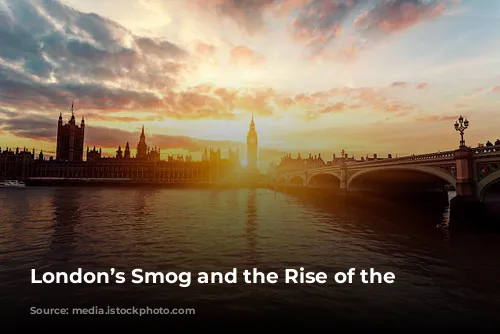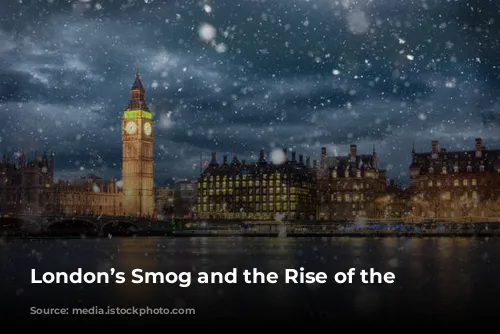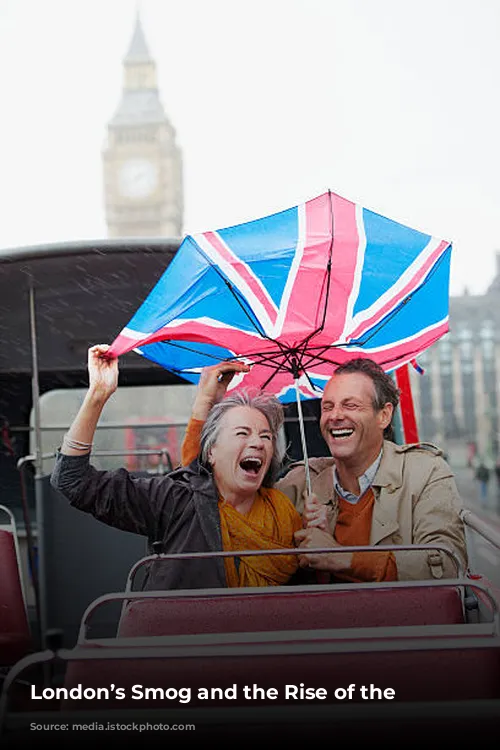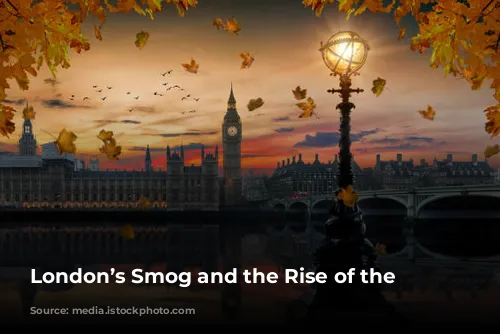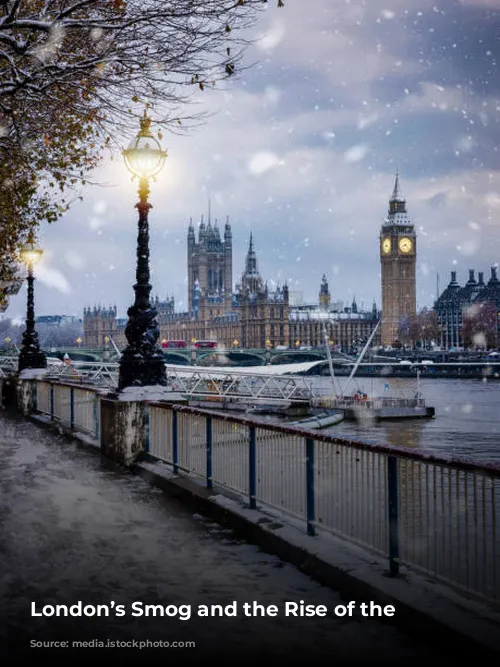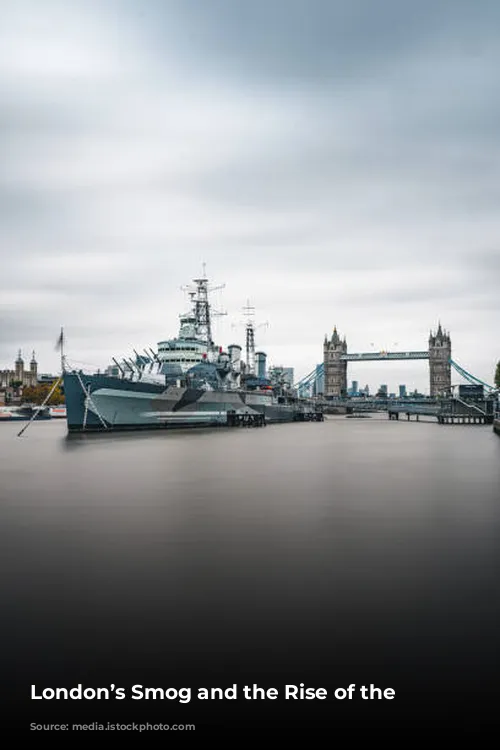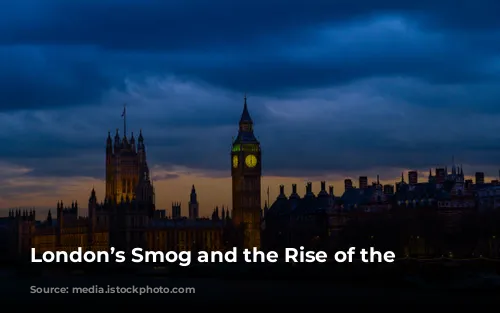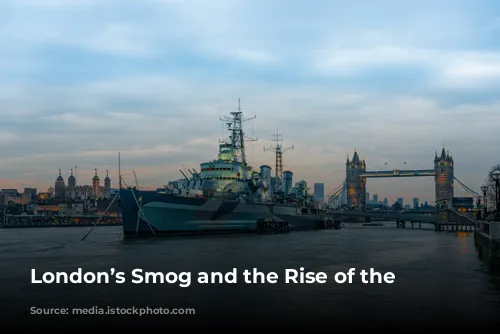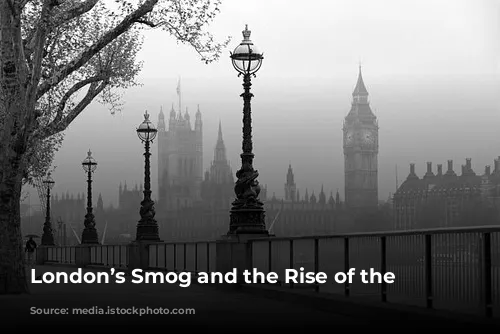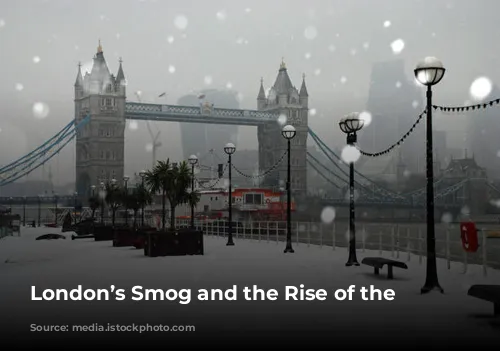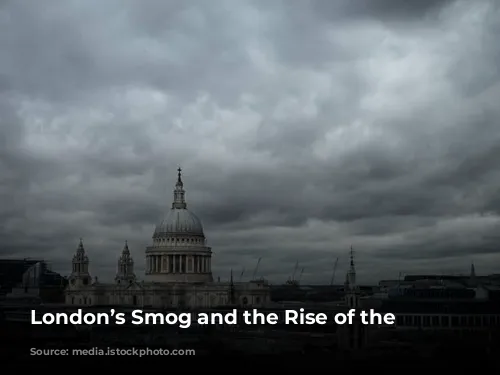London, once synonymous with smog, a term coined in the early 1900s to describe the city’s unique blend of fog and smoke, has a fascinating history of environmental challenges. The city’s notorious “pea-soupers” were a direct result of suspended pollution from coal fires, with sulfur dioxide being a major culprit. The most heavily impacted areas were the 19th-century residential and industrial districts of inner London, particularly the East End. This region, with its dense concentration of factory smokestacks, domestic chimneys, and low-lying terrain, made air dispersal difficult. The East End experienced a significant reduction in winter sunshine hours as a result of the heavy smog.
From Smog to Clean Air
However, the 1950s brought about a crucial turning point. The Clean Air Acts of 1956 and 1968, along with the demolition of older housing and the decline of manufacturing, significantly reduced coal burning. This led to a dramatic improvement in air quality. While the visible smog was gone, London still faced challenges from less obvious but equally harmful pollutants, such as carbon monoxide, nitrogen dioxide, ozone, and various hydrocarbons. These pollutants, often trapped between the surrounding hills and a stagnant layer of warm air, resulted in eye irritation, asthma, and bronchial problems. Despite the risk of developing a photochemical smog, London’s erratic weather pattern prevented it from reaching the levels seen in cities like Los Angeles.
The Thames: From Polluted River to Salmon Haven
London’s rivers were equally burdened by pollution in the early 20th century. The Thames, choked with sewage and industrial waste, was devoid of oxygen and covered in a thick layer of scum. However, stricter environmental regulations, coupled with the closure of polluting industries, sparked a remarkable transformation. The Thames began to recover, and with it, its diverse ecosystem. Salmon, sea trout, roach, and flounder returned to the tidal Thames, joined by shrimps, prawns, sea horses, and even giant conger eels. Traditional eel fishing resumed after a 150-year absence, and birds like herons, cormorants, gannets, and terns recolonized the riverbanks. This revival was a testament to the power of environmental action and the resilience of nature.
The Thames Barrier: A Shield Against the Rising Tide
The Thames Barrier, a marvel of engineering, is a crucial defense against the rising tides of the North Sea. This impressive structure consists of 10 movable gates, each capable of rotating 90 degrees to block the incoming tide in less than 30 minutes. The Thames Barrier is a testament to humanity’s ingenuity in protecting itself from the forces of nature. The risk of flooding in London is a serious concern. The Thames has been steadily rising due to a combination of factors, including tectonic movements, groundwater extraction, and human modifications to the river’s course. The disastrous floods of 1953 served as a wake-up call, leading to the construction of the Thames Barrier after decades of debate.
A Legacy of Environmental Resilience
London’s journey from a smog-choked city to a cleaner, greener metropolis is an inspiring story of environmental progress. While challenges remain, the city’s commitment to clean air and water is a testament to its dedication to creating a healthier and more sustainable future. The Thames Barrier stands as a powerful symbol of London’s ability to overcome environmental challenges, ensuring the safety and prosperity of its residents for generations to come.
